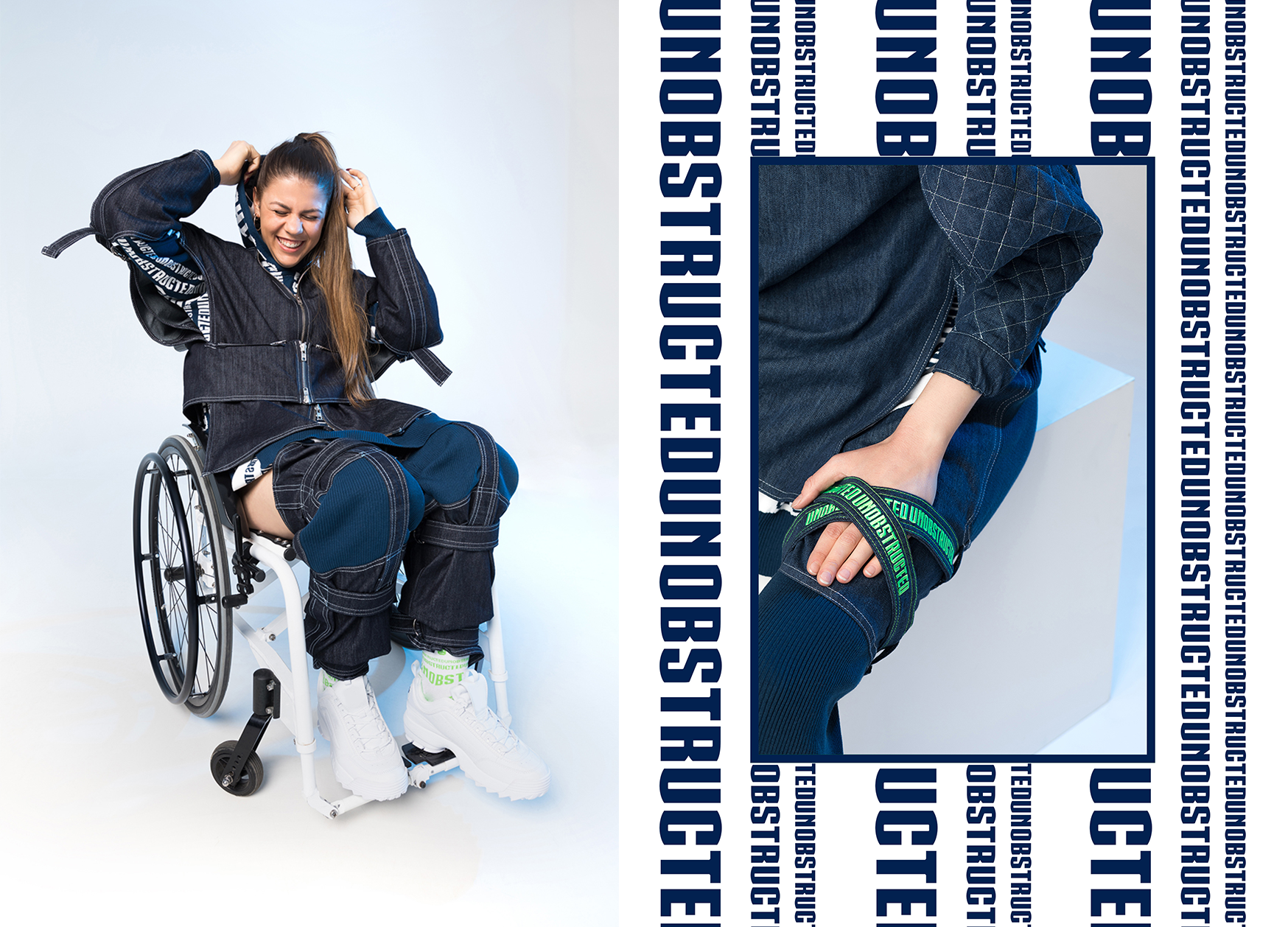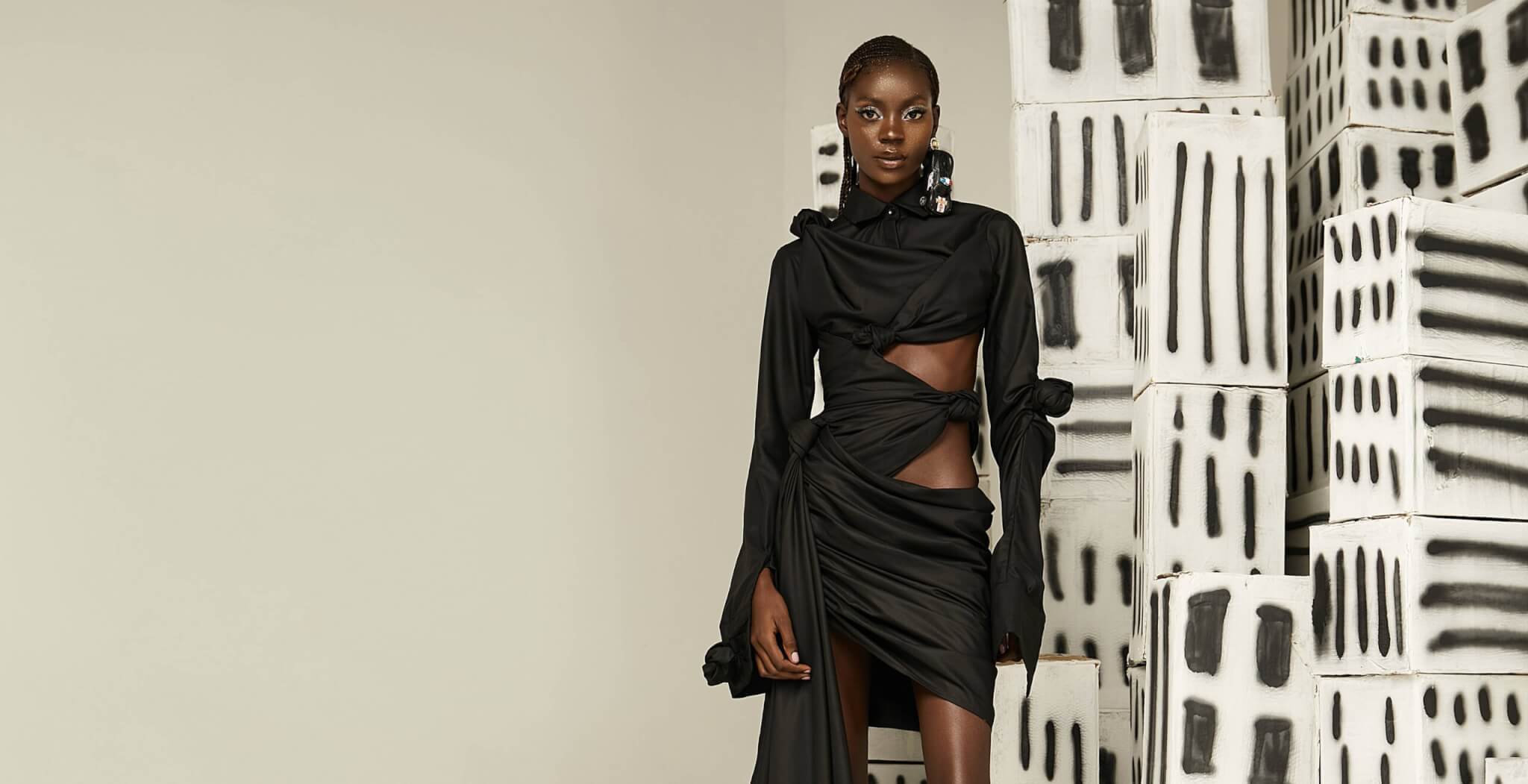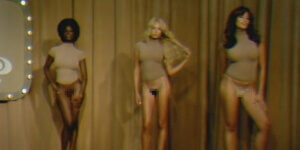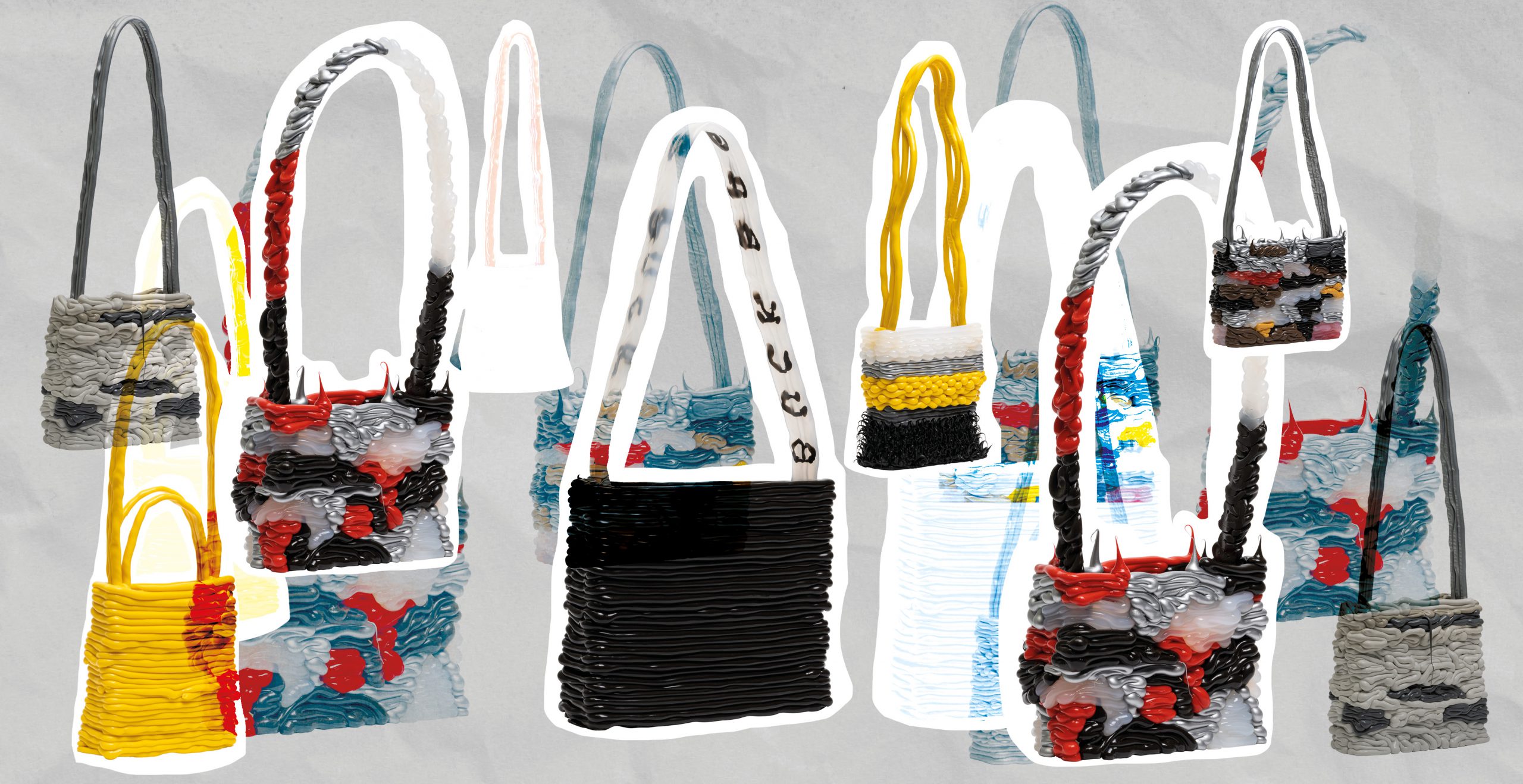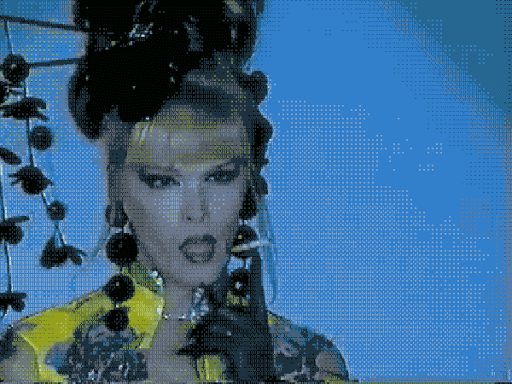Lili Pazmany solves outfit struggles of wheelchair users
Hungarian fashion designer Lili is addressing a pressing issue in our society through her innovative designs. Her focus lies in creating fashionable clothing for individuals with physical disabilities. Unfortunately, this is still an overlooked area in the fashion industry. Despite searching for wheelchair fashion, one can only find functional raincoats reminiscent of winter bike covers or long jackets resembling grandmother’s woolen blankets. It’s disheartening that no international fashion label offers wheelchair-friendly clothing that aligns with current fashion trends. The sitting position of wheelchair users distorts traditional clothing designed for standing poses. To bridge this gap, extensive research and development are required. However, profit-oriented companies have yet to find it a lucrative endeavor, leaving those affected feeling frustrated and excluded. Lili’s recent graduation collection, titled “Unobstructed,” combines functional and flexible designs for sitting positions with urbanwear aesthetics. Her personal motivation stems from her mother’s five-year battle with MS disease, which has made her reliant on a wheelchair.
Highlighting the Issue:
With her collection, Lili delves into the enlightening and detrimental aspects of highlighting problem areas.
Personal Motivation and Topic Choice:
Even without personal reasons, I would have inevitably encountered this topic due to my voluntary work with people with physical disabilities. Prior to my mother’s illness, I had a keen interest in creating fashion for individuals with special needs. To further explore this subject, I dedicated a semester to working on it at Kingsal University in London, where the audience is more open-minded.
Why Large Companies Overlook the Disabled Community:
The primary challenge lies in clothing production, which currently caters primarily to standing and moving positions. Designs focus on easily reproducible cuts, disregarding individuals with special needs due to their limited numbers, making it financially unviable for companies. Even catering to plus-size individuals remains a challenge in today’s market. Maternity clothing is one of the few special needs areas that have been adequately addressed.
Challenges Faced by Disabled Individuals when Buying Clothes:
Locating suitable clothing is not easy, and many face financial constraints as living in a wheelchair can be expensive. Additionally, gaining access to stores remains problematic, as many places are not yet fully barrier-free.
Desire for Different Clothing among Disabled Individuals:
During my graduate collection research, I conducted a questionnaire surveying 60 women and men who use wheelchairs. The results revealed a unanimous desire for more fashionable clothing.
Considerations for Wheelchair Fashion Design:
Creating fashion for people in wheelchairs necessitates considering the sitting position and employing different cut lines for the garments. Sleeve alignment at a 90-degree angle and front-to-back asymmetry are crucial design aspects. Additionally, the challenge of putting on and taking off clothes while sitting led me to develop a shirt with an attached scarf, providing easy access from the front and wrapping around the back.
Choice of Fabrics:
Elasticity is a key requirement for wheelchair fashion, as some individuals can stand and walk for short periods. In some cases, I have used innovative cutouts and strap-on solutions rather than materials. For example, I designed pants that can be strapped on like nylons. Through experimentation, I discovered the necessity for strong fabric and opted for denim, drawing inspiration from Berlin streetwear.
Developing a Distinctive Style:
My design approach involves highlighting problem areas, particularly through cutouts and different cut lines. This method effectively raises awareness of the challenges faced by individuals with disabilities.
Experiences of Exclusion and Disadvantage:
The questionnaire responses confirmed that individuals with disabilities feel labeled due to their clothing choices. Many prefer to purchase items from mainstream brands to blend in, as functional clothing often emphasizes their limitations in an unaesthetic manner. Conversely, my designs aim to raise awareness while maintaining a fashionable appeal.
Brands Championing Contemporary Wheelchair Fashion:
Fortunately, there are recent campaigns addressing this issue. We need clothing options for every occasion, including wedding dresses, suits, and formal wear.
Driving Change and Awareness:
While I had the opportunity to showcase my collection to an audience, it was just one collection. Establishing more Fashion Weeks dedicated to wheelchair fashion would be ideal, as it would encourage companies to recognize the untapped market potential. I am optimistic about the ongoing progress in this area and aim to contribute further to positive change.








